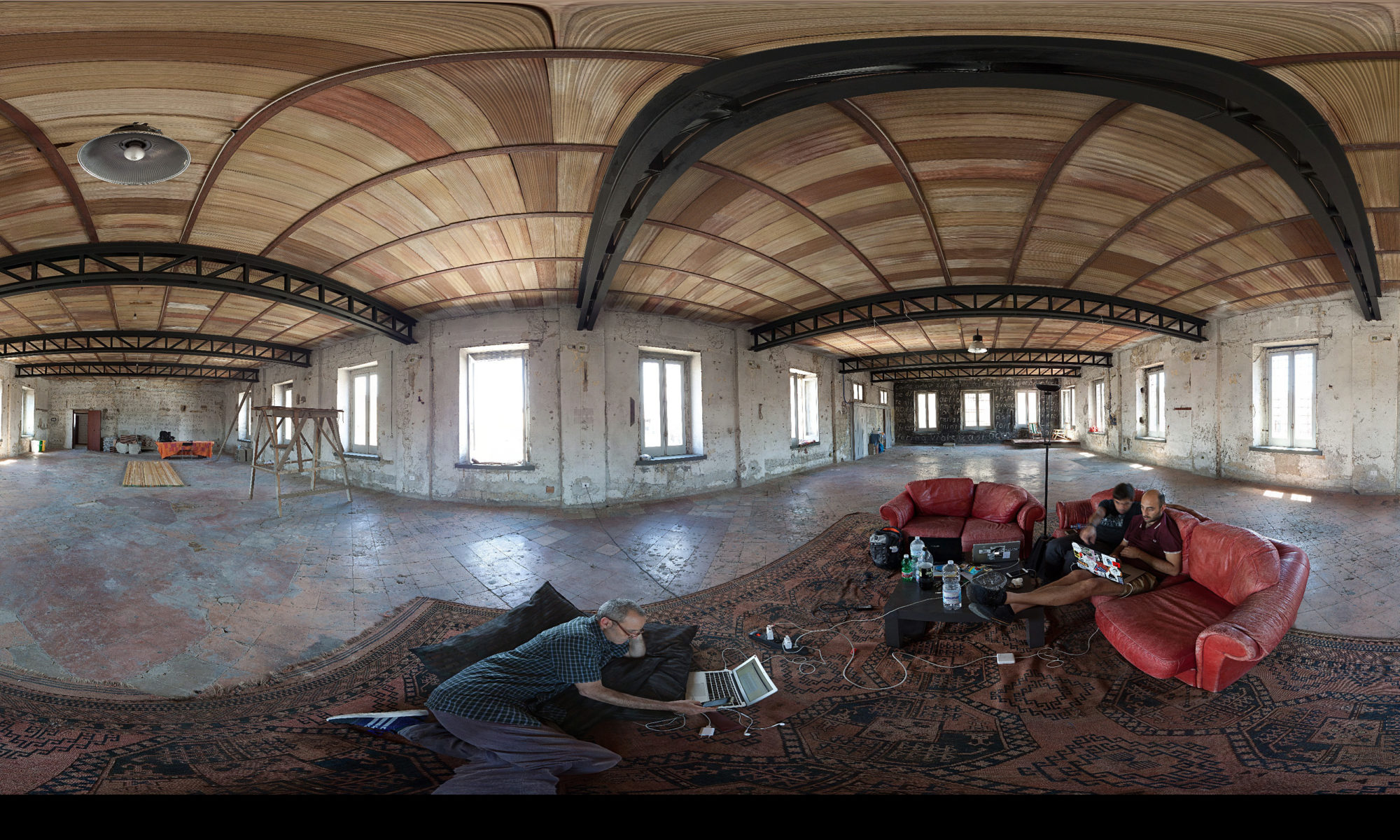Contemporary architecture and urban planning have lost all types of connection with the surrounding environment, losing track of the process with which they developed together in time. Their relationship with space and time, material and nonmaterial, has also undoubtedly undergone transformations in this period of global changes.
The state of the environment on planet earth calls for serious reflection, especially regarding climate change, either as a consequence of human behavior or of independent natural events.
Regardless, it is impossible to deny the frantic exploitation of earth’s resources, however, and the thoughtless speeding up of its abuse in recent years. The world is changing. Today, catastrophes and previously unthinkable living difficulties occur even in areas where intrinsic environmental wealth and livability once required minimal efforts for man to adapt.
The construction of a new world must necessarily entail plans for new living spaces, work spaces, and general public spaces.
Our common interest in the preservation of planet earth and a less aggressive, frenetic, brainless use of the environment is pushing us to find new local and global solutions (also from an architectural point of view) in symbiosis and in harmony with nature and life itself.
It is necessary to retie the strings of that process, cut off centuries ago and caught today between spontaneous (vernacular) architectural culture and the culture that dominates our cities with devastating consequences on our territories.
An architect’s task cannot be limited to mere attempts to plan within the legislative framework of standards that respect both nature and the environment. He must promote cultural growth that leads to radical change, through a possible shift in the methodology of his architecture. Within this process, zero environmental impact, conversion into more eco-friendly waste management systems, recycling quality fabrics, Zero Km. guidelines for transportation of construction material, energy-efficient and renewable climate-control equipment are just some of the issues to address in tackling these important questions.
